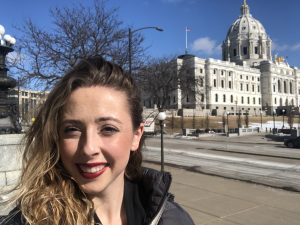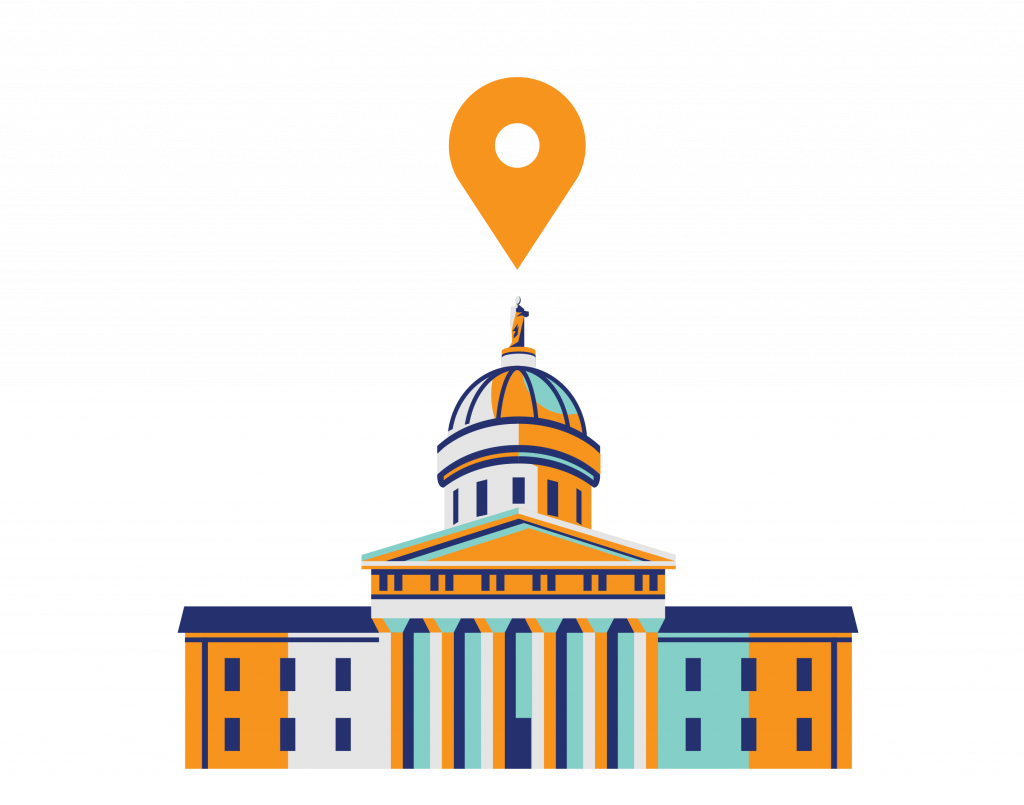Create entry-level opportunities in the beauty and barbering fields
Barbering, cosmetology, and other beauty services involve techniques that are safe and common and that many Americans use every day at home: shampooing, cutting, styling, braiding, make-up application, applying nail polish, removing excess hair, and so on. The skillsets are highly accessible, as they can be expertly learned on the job or mastered at home, making the work otherwise easily attainable. These services are also wanted: many are feeling a renewed appreciation for their hair stylist or barber, after months of at-home trims.

These fields offer meaningful opportunities to earn a living—but for the steep barriers imposed on those trying to perform this work.
An unemployed worker may have been providing great haircuts to members of his family while sheltering-in-place, as he’s done for years, and want to try his hand at barbering. But instead of simply submitting to an inspection and being held accountable by his customers for quality services, he first has to obtain over 1,000 hours of education, costing thousands of dollars he does not have, and meet other examination, experience, and facility permitting requirements.
The beauty industry is adapting to the pandemic, finding new ways to safely deliver services. It is an appealing place for displaced workers to seek work, until they encounter the licensure requirements—among the most burdensome for lower-to-middle income workers:
- All states require a minimum of 1,000 hours and up to 2,100 hours (about a year) in cosmetology school to cut hair, where schools often charge tens of thousands of dollars in tuition while profiting from their students providing beauty services to paying customers.
- Compare this to, as of 2017, states requiring on average a month of training for an EMT license.
- Upon graduation, many students are left with a cosmetology school debt that swallows their earnings. The New York Times recounted the story of one cosmetology school graduate with $21,000 in debt, and a $9-an-hour job.
The currently unemployed should not now have to spend thousands of dollars and hours to obtain this type of work that can be learned on the job. Nationally, there is very little evidence of consumer harm in the beauty industry, and laws already exist to ensure salons, barbershops, and products are safe.
There are practical steps lawmakers can take to make the barber, cosmetology, and beauty industries accessible to the unemployed. IJ has exhaustive state-by-state research and can help identify opportunities in your state. For example:
- Exempt safe beauty services from licensure. Many beauty services are so safe and common that some, but by no means all, states already exempt them from licensure. These services include shampooing, blow drying, hairstyling, makeup artistry, threading, and hair braiding. IJ’s Model Hairstyling Freedom Act exempts individuals who solely want to shampoo, condition, dry, and style hair using basic tools from occupational licensing laws.
- Replace cosmetology and barbering licensing with facility inspections. Restaurants are regulated by facilities inspections, not licensure of the individual. Every day, patrons visit restaurants and eat food that is provided by chefs and waitstaff who are not licensed. States leave the decision of staff qualifications to restaurant owners and only inspect restaurants to make sure they are clean and safe. This is a model that should be replicated in the cosmetology industry. IJ’s Model Salon Inspection Act licenses salons instead of beauty professionals. It repeals individual occupational licenses and replaces them with salon facility licenses and inspections.
- Ensure facility licensing requirements are narrowly tailored to protect public health and safety. Many states place burdensome and expensive requirements on salons that are not necessary to protect public health and safety. Examples include requiring salons to have sinks in every workstation, requiring separate rooms for certain services, or requiring licensed salon managers to be present in salons. These kinds of requirements are not tied to safety and make it difficult for cosmetologists, barbers, and others in the beauty industry to have their own businesses.
- Allow workers to opt for experience instead of education. The techniques and sanitation practices that beauty professionals use can be learned on the job or through experience. Rather than forcing students to spend thousands of dollars on cosmetology, barbering, or beauty school tuition, states can recognize on-the-job training or experience as a path to licensure.
- Exempt at-home services from licensure and allow for mobile services. During the COVID-19 pandemic, many people safely cut and styled their own hair and the hair of their family and neighbors. Some have also had cosmetologists or barbers visit their homes. At-home and mobile hair design offer not just a convenient alternative to a salon visit, but also a potentially safer one during the pandemic.
- Couple reforms with added protection for consumers. Although there is very little evidence of harm in the beauty industry, states can couple any of the above reforms with consumer-friendly measures that prevent fraud and allow consumers who are injured to file lawsuits and recover attorneys’ fees if they prevail.
Get Started Today.
Please fill out this form and an IJ staff member will reach out to you shortly.
